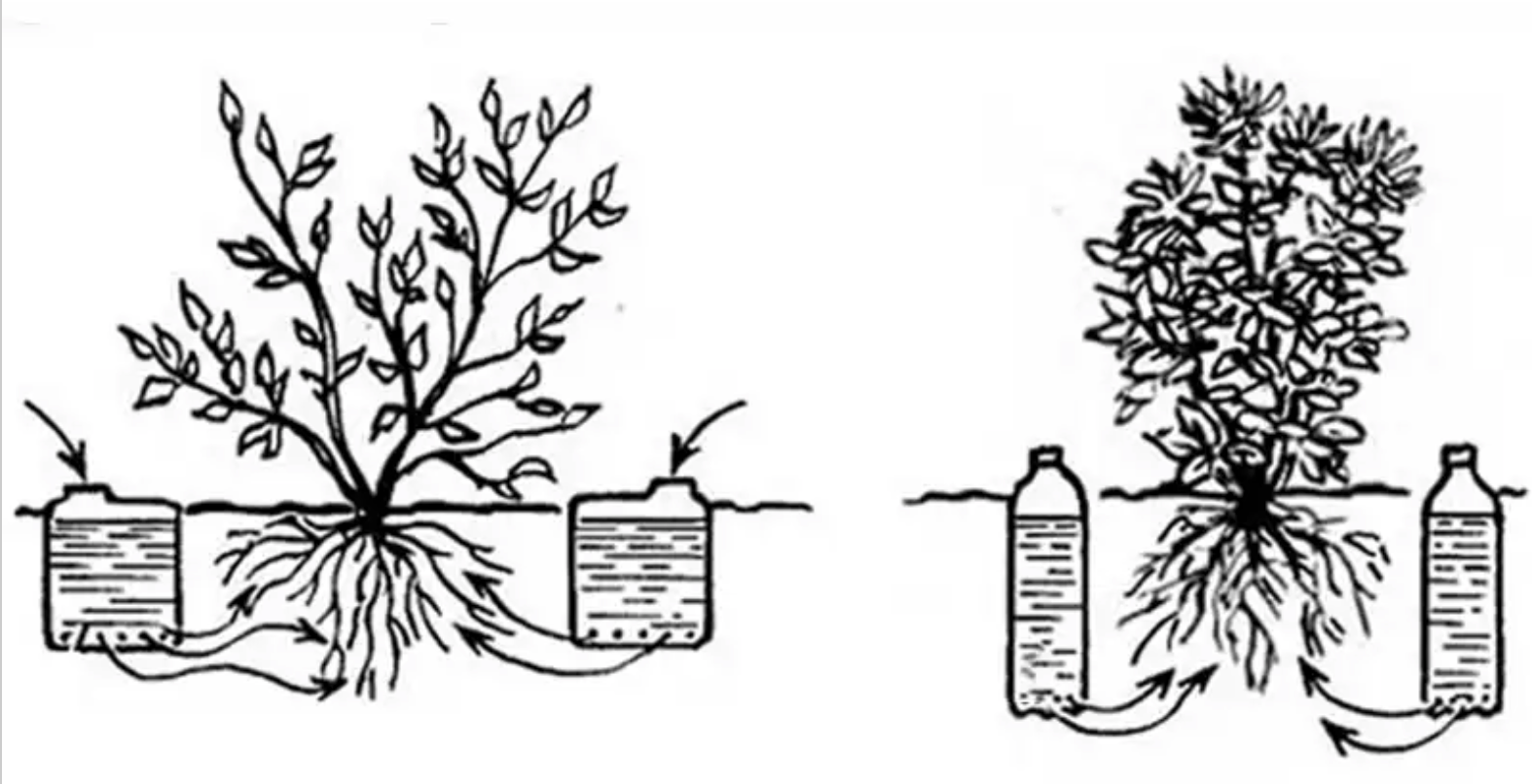Maximizing Your Garden’s Potential: Creating a Homemade Drip Irrigation System

Gardening enthusiasts understand the importance of providing consistent and efficient watering to their beloved plants. Whether you’re tending to vegetables, flowers, or other greenery, ensuring they receive the right amount of moisture can be a bit of a puzzle. Excessive watering can lead to wasted resources, while insufficient watering can hinder growth and development. But fear not, as we have a simple and cost-effective solution for you: crafting a homemade drip irrigation system using readily available materials.
The Homemade Drip Irrigation System: A Step-by-Step Guide
Materials You’ll Need:
- A Plastic Bottle: Choose an old plastic bottle to repurpose and reduce waste.
- A Sharp Knife: To create small holes in the bottle.
- A Garden Hose or Watering Can: To fill the bottle with water.
Here’s How to Create Your Homemade Drip Irrigation System:
- Select the Bottle: Begin by choosing an old plastic water bottle that you no longer need. This is a great way to upcycle and give new life to an item that might otherwise end up in the landfill.
- Create Water-Permeable Holes: Using a sharp knife, carefully poke small holes throughout the bottle. These holes will allow water to seep out slowly and consistently, providing a steady supply of moisture to your plants.
- Install the Bottle: Bury the bottle in the soil near your plants, making sure that the neck of the bottle remains slightly above the ground. This positioning ensures that water is directed where it’s needed most, at the plant’s roots.
- Fill and Observe: Once the bottle is in place, fill it with water using a garden hose or watering can. Over time, the water will gradually permeate the soil, keeping your plants consistently hydrated.
- Enjoy the Benefits: Congratulations! You’ve just created your own homemade drip irrigation system. This method helps prevent overwatering or underwatering, promotes healthier root development, and minimizes water wastage.
Why Choose a Homemade Drip Irrigation System?
The advantages of a homemade drip irrigation system are numerous:
- Cost-Effective: It’s a budget-friendly solution that requires minimal investment.
- Water Conservation: By providing a slow and steady supply of water directly to the roots, you’ll significantly reduce water wastage.
- Plant Health: This method promotes healthier plants with well-established root systems, leading to better growth and yields.
Additional Gardening Tips:
- Plant Compatibility: When installing the system, make sure to do so simultaneously with your plants to avoid root disturbance.
- Protection from Drought: Your plants will stay consistently moistened, reducing the risk of drought-induced stress and preventing unwanted moisture on the foliage.
- Eco-Friendly Alternatives: For those looking to be even more environmentally conscious, consider using a terracotta pot instead of a plastic bottle. The porous nature of terracotta allows water to seep through without requiring holes. Terracotta pots can also be used for indoor plants, providing a sustainable watering solution.
In Conclusion:
Whether you’re a seasoned gardener or just getting started, a homemade drip irrigation system can help you maintain the ideal moisture levels for your plants. It’s a cost-effective, eco-friendly, and efficient way to ensure your garden flourishes and thrives.
Give it a try in your garden and share your experiences, tips, and tricks with us in the comments below. Let’s help each other nurture our plants and create a greener, more sustainable world, one garden at a time!
Do you like this? Share inspiration with your friends!
Source: https://og-oasis.com
DISCLAIMER: THIS WEBSITE DOES NOT PROVIDE MEDICAL ADVICE The information, including but not limited to, text, graphics, images and other material contained on this website are for informational purposes only. The purpose of this website is to promote broad consumer understanding and knowledge of various health topics. It is not intended to be a substitute for professional medical advice, diagnosis or treatment. Always seek the advice of your physician or other qualified health care provider with any questions you may have regarding a medical condition or treatment and before undertaking a new health care regimen, and never disregard professional medical advice or delay in seeking it because of something you have read on this website.
